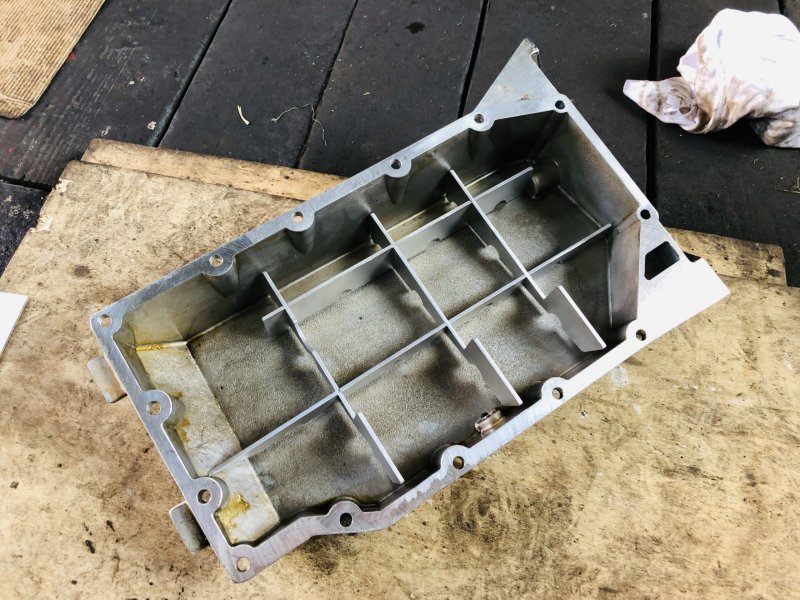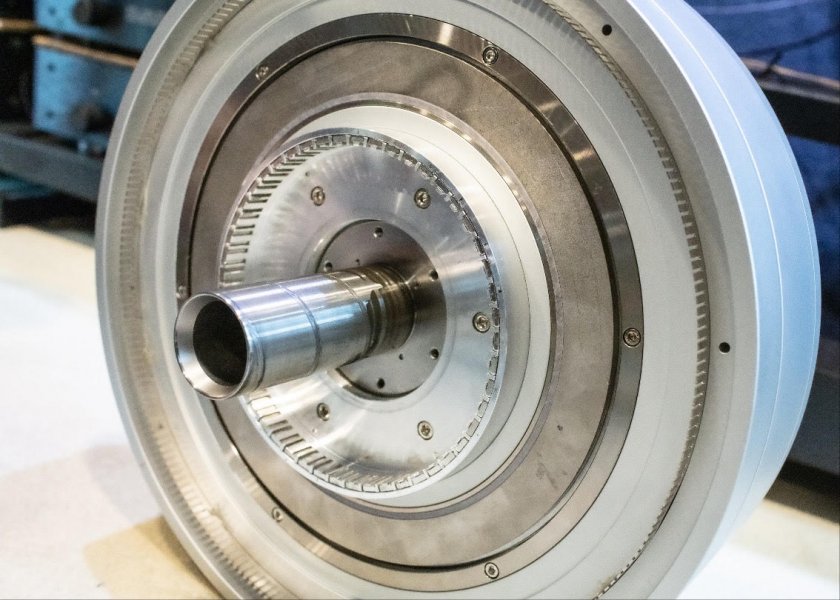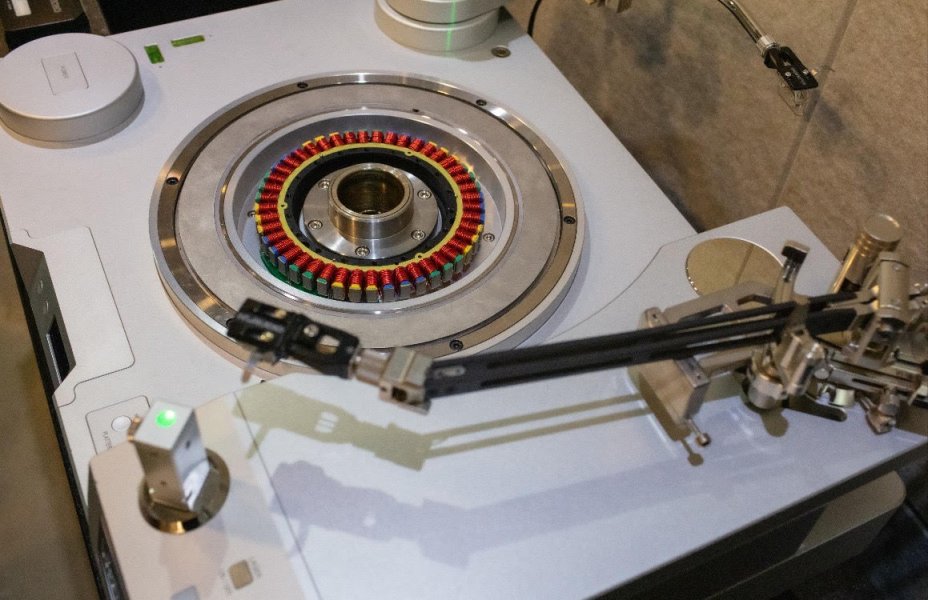Free surface effect is the movement of fluid because of an outer force when kept in a tank together with gas. Fluid mechanics describes the forces involved and further info can be found
here
Ships have tanks for many purposes. In those tanks there can be oil, fresh water or sea water for stability. When a tank is not full free surface effect occurs cause ship is a moving object. Like all moving objects different forces apply. For example when a ship rolls 10 degrees to port side due to rough sea state any fluid in a half full tank will amplify this force. Because fluids want to move freely and the air in the tank won't be able to stop it. Sometimes this force is too strong and overturns the ship.
The same rule applies for fluid inside the platter. I can see from the pictures that there are air bubbles inside Magnezar turntable. It looks unimportant compared to a ship but platter rotates faster than a ship turns and we care about incredible small effects here in this hobby. I don't expect free surface effect to overturn Magnezar turntable but still cause stability problems like wow&flutter.







